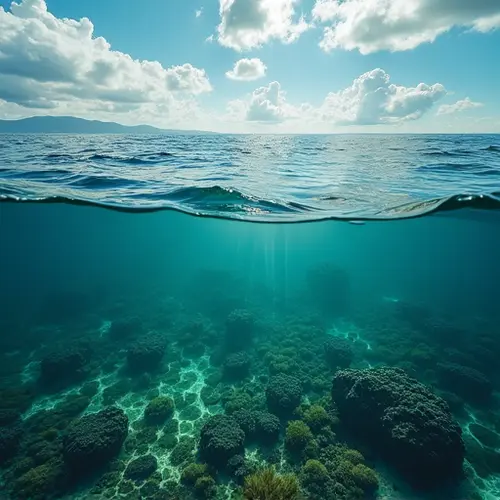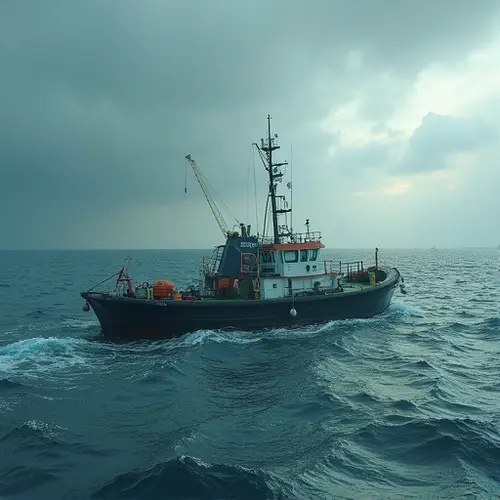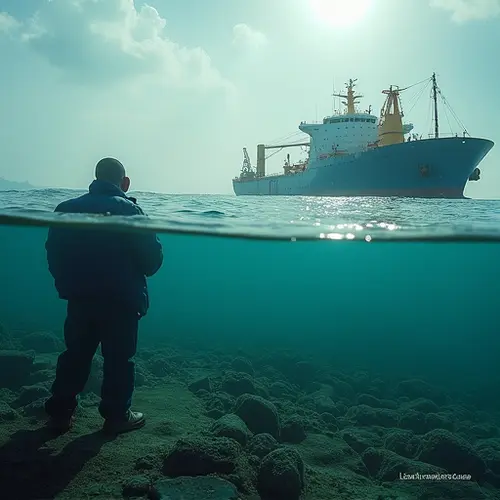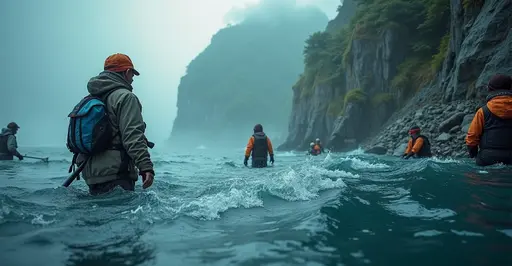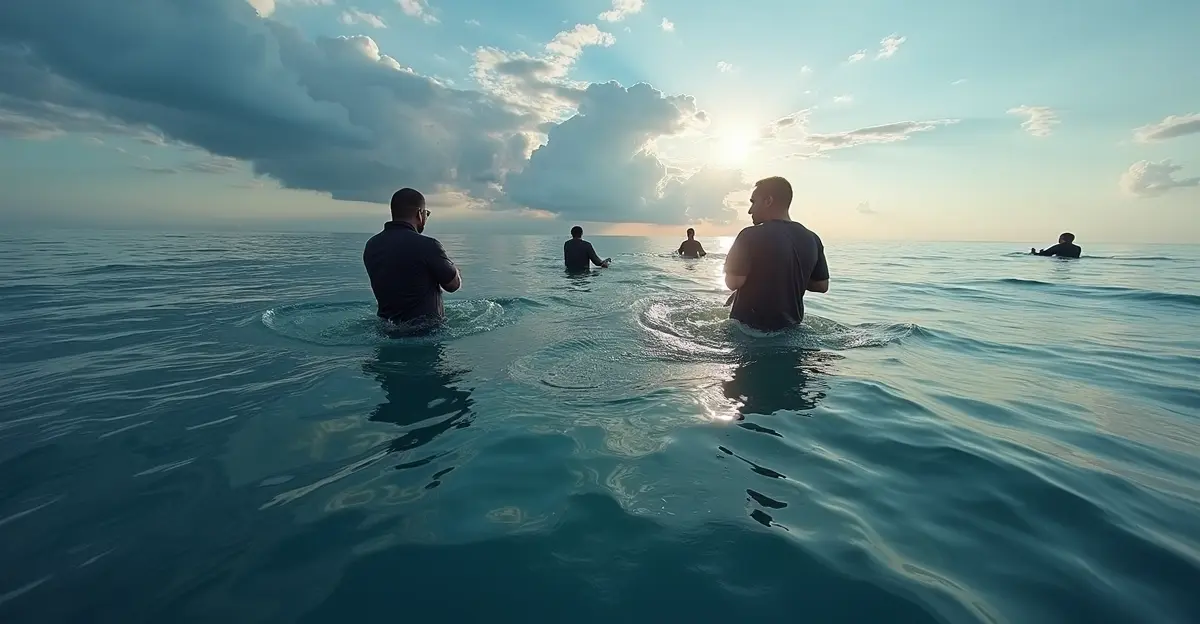Global High Seas Treaty reaches 60 ratifications, enabling implementation in January 2025 to protect international waters from overfishing and environmental threats.
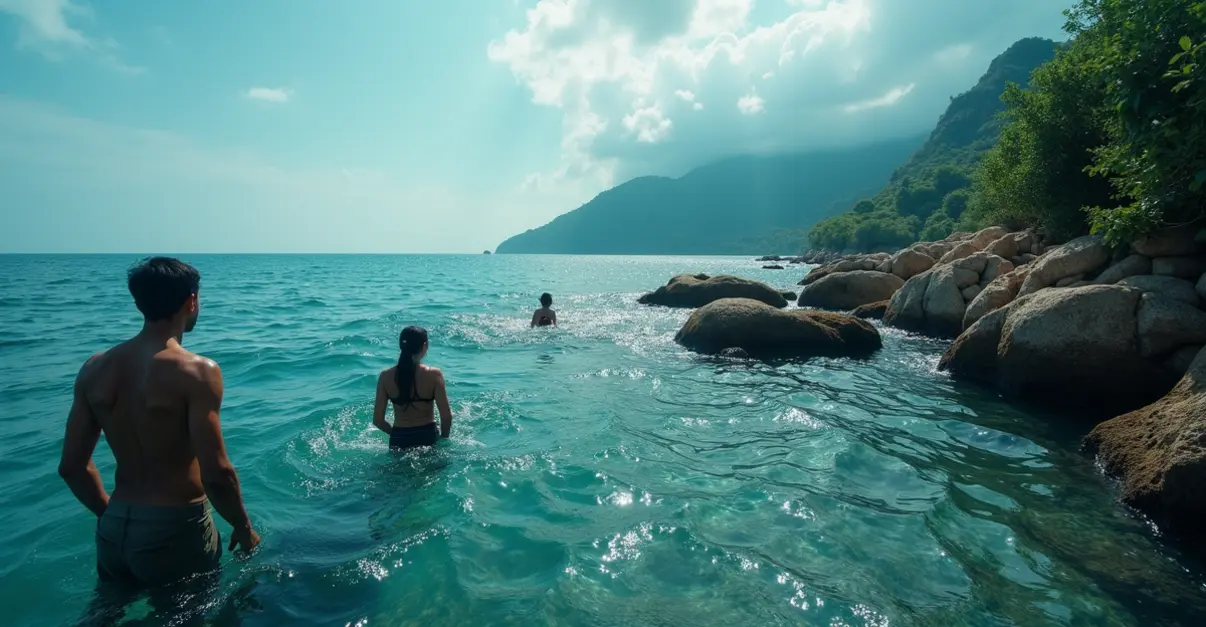
Historic High Seas Treaty Set to Take Effect in January 2025
After two decades of negotiations and diplomatic efforts, the landmark High Seas Treaty has achieved the critical threshold needed for implementation. Morocco became the 60th country to ratify the agreement, ensuring the treaty will enter into force in January 2025, marking a pivotal moment for global ocean conservation.
Protecting International Waters
The High Seas Treaty, formally known as the Agreement under the United Nations Convention on the Law of the Sea on the Conservation and Sustainable Use of Marine Biological Diversity of Areas beyond National Jurisdiction, addresses more than two-thirds of the world's oceans that fall outside national jurisdictions. These international waters cover nearly half of the Earth's surface but have historically lacked comprehensive protection frameworks.
Critical Need for Protection
According to UN Secretary-General António Guterres, the treaty establishes binding rules for protecting and sustainably using ocean biodiversity. "The era of exploitation and destruction must end. Our oceans cannot wait, and neither can we," stated Greenpeace International in response to the ratification milestone.
The treaty enables the designation of marine protected areas in international waters, addressing threats including overfishing, climate change impacts, and deep-sea mining operations. The high seas play a crucial role in Earth's climate system, absorbing heat and producing approximately half of the planet's oxygen.
Implementation Challenges
While the treaty represents significant progress, major fishing nations including the United States, China, Russia, and Japan have yet to ratify the agreement. The International Union for Conservation of Nature (IUCN) warns that without participation from these key nations, protected areas could be undermined. "If major fishing countries like China, Russia, and Japan do not join, they could undermine the protected areas," an IUCN representative noted.
The treaty does not establish an international enforcement organization but relies on individual countries to take action against violations. For example, if a ship flying a German flag breaks the rules, Germany would be responsible for enforcement.
Biodiversity Crisis
The urgency for ocean protection is underscored by alarming biodiversity statistics. Nearly 10% of marine life faces extinction threats according to IUCN data, while more than 80% of coral reefs suffer from heat stress, potentially causing irreversible damage.
The High Seas Treaty represents the most significant ocean conservation achievement in history, making it possible to protect 30% of the world's oceans by 2030 as part of the global 30 by 30 target. The agreement addresses four key themes: marine genetic resources, area-based management tools, environmental impact assessments, and capacity building with technology transfer.

 Nederlands
Nederlands
 English
English
 Français
Français
 Deutsch
Deutsch
 Español
Español
 Português
Português




